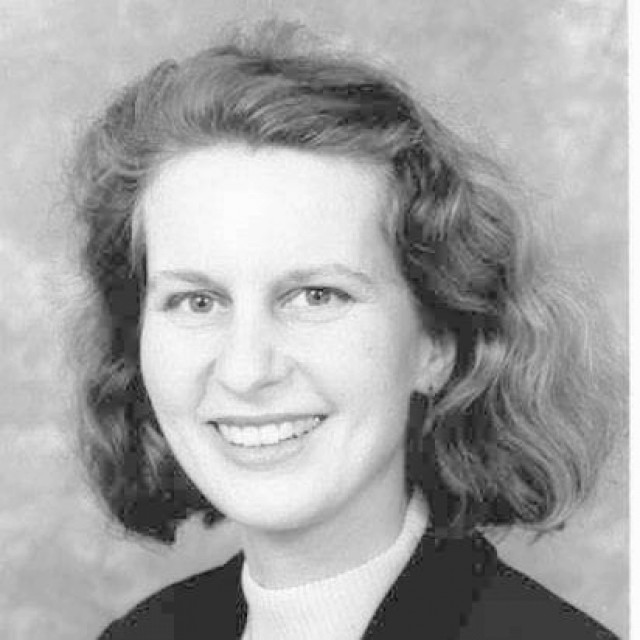Professor Aida El-Khadra received her PhD. in 1989 from the University of California, Los Angeles, after receiving her diplom from Freie Universitaet, Berlin, Germany. She held postdoctoral research appointments at Brookhaven National Laboratory, Fermi National Accelerator Laboratory, and the Ohio State Univerity before joining the Illinois faculty in 1995. El-Khadra is a fellow of the American Physical Society, a recipient of the Department of Energy's Outstanding Junior Investigator Award, and a Sloan foundation fellow. In addition to a number of other research and teaching awards she has also been named a Fermilab Distinguished Scholar. Service highlights include membership on the APS Division of Particles and Fields (DPF) executive committee (an elected position), APS fellowship committees, chair of the USQCD Scientific Program Committee and member of the USQCD Executive Committee, co-chair of the Muon g-2 Theory Initiative, as well as organizing and advisory committees for international workshops and conferences.
Prof. El-Khadra's area of research is theoretical particle physics. Her research focuses on the application of lattice Quantum Chromodynamics (also called the strong interactions) to phenomenologically interesting processes in flavor physics, which are relevant to the experimental effort at the so-called intensity frontier. She is a leader of one of the most successful collaborations working in Lattice Field Theory in the world, the Fermilab Lattice collaboration. Select highlights include the first quantitative determination of the the strong coupling from lattice QCD, a new formulation of heavy quarks on the lattice that is the foundation of many important, phenomenologically relevant lattice calculations, for example, predictions of the D and Ds meson decay constants, predictions of the shape of the semileptonic D-meson form factors, and lattice calculations of semileptonic B-meson form factors that yield the most precise determinations of the associated CKM matrix elements, Vcb and Vub to date. Other recent highlights are the most precise calculations of (a) the semileptonic Kaon form factor which improves upon our knowledge of the CKM matrix element Vus, (b) the complete set of semileptonic form factors for B-meson decays to pions, and kaons, yielding new interesting constraints on models of new physics, (c) the complete set of the neutral B and Bs meson mixing matrix elements, yielding the best-to-date constraints on Vtd, Vts, and their ratio, and (d) the first precise calculation of the strong isospin breaking corrections to the hadronic vacuum polarization contribution to the muon 's anomalous magnetic moment.
